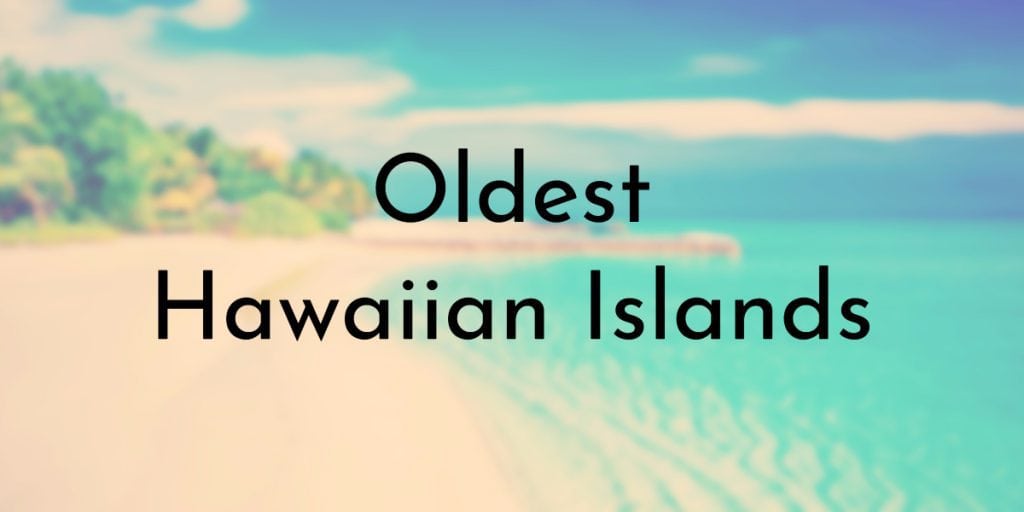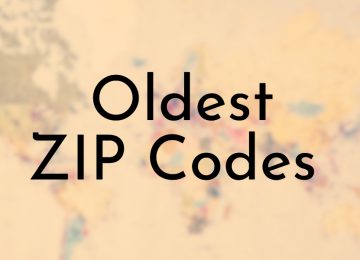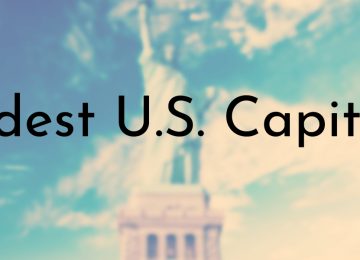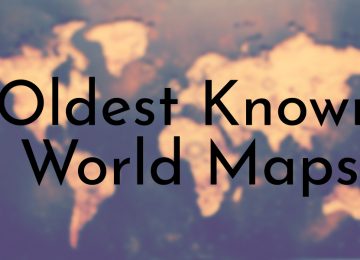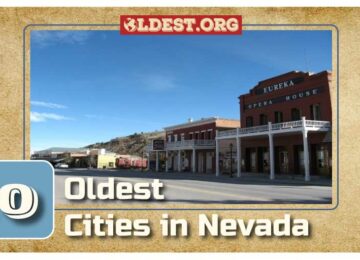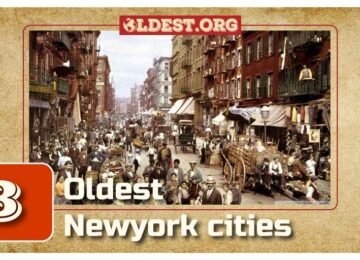The eight main islands of Hawaii first started forming over 5 million years ago as the Pacific Plate moved over a hot spot, which gave rise to extensive volcanic activity. These now extinct volcanoes birthed the first Hawaiian islands and continued to form new land masses in a southeastern trajectory.
While seven of the main islands were formed at least a million years ago, the youngest island is only half a million years old and still growing.
The first people to inhabit the islands were Polynesian explorers from Marquesas, Tahiti, and other nearby Polynesian islands. Native Hawaiian culture is deeply rooted in the traditions established by these early people and are still practiced by native Hawaiians today.
8. Hawai’i
Age: 500,000 years
Nickname: The Big Island
Area: England; 13th century carol from Finland
Population (as of 2010 Census): 185,079

The youngest and largest Hawaiian island is “The Big Island” of Hawai’i. Of the eight main islands, Hawai’i has the most active volcanoes and the island is still growing.
Native Hawaiian legends say that the island is home to Pele, the goddess of volcanoes, which is why the island is made of five shield volcanoes.
Hawai’i’s oldest volcano, Kohala, is extinct and Mauna Kea and Hualalai are dormant. The other two volcanoes, Mauna Koa and Kilauea are still highly active and exhibit continuous lava flow.
The island was the home of Pai’ea Kamehameha, who later became Kamehameha the Great, the first King of Hawaii. He united the islands and named his new kingdom after his home.
7. Kaho’olawe
Age: 1 million years
Nickname: The Target Isle
Area: 44.6 sq mi (115.5 km²)
Population (as of 2010 Census): 0
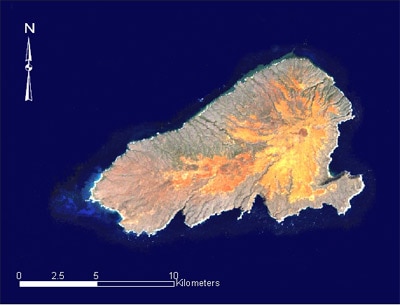
Kaho’olawe is the smallest and the seventh oldest island of the main Hawaiian islands. The island has always been sparsely populated as fresh water is hard to find, and today, there are no permanent residents on the island. There is archaeological evidence that suggests Kaho’olawe was inhabited for over 1,000 years.
After the Kingdom of Hawaii was established in 1810, the monarchy used the island as a penal colony from 1832 to 1852 — this was repealed in 1853.
The U.S. government started using the island as a bombing ranged after the attack on Pearl Harbor in 1941. After the war, the island was owned by the U.S. Navy on the condition that they restore the island.
Today, Kaho’olawe is only used for Native Hawaiian cultural, spiritual, and subsistence purposes.
6. Lāna’i
Age: 1.3 million years
Nickname: The Pineapple Isle
Area: 140.5 sq mi (363.9 km²)
Population (as of 2010 Census): 3,135
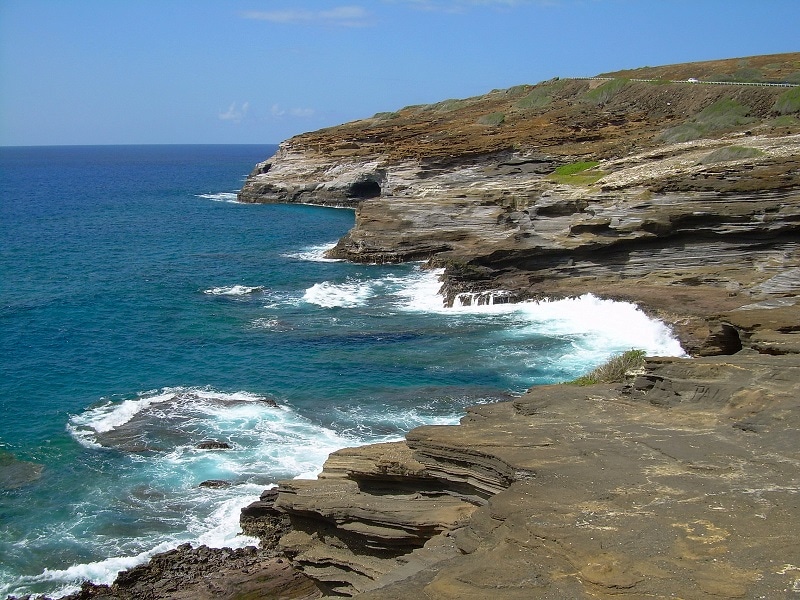
Lāna’i is both the sixth largest and sixth oldest of the Hawaiian islands. The island is sparsely populated and its only notable town is the Lanai City. It is known as The Pineapple Isle because of its history as the home of the Dole Food Company, which is known for its canned pineapples.
In 1922, James Dole purchased the island for $1.1 million to develop it into a large-scale pineapple plantation.
Dole was already growing and canning pineapples in Oahu before he decided to turn Lāna’i into the world’s largest pineapple plantation — Dole stopped growing pineapples on Lāna’i in 1992.
Today, the main industry on Lāna’i is tourism, but the island only attracts about 59,000 people annually.
5. Maui
Age: 1.3 million – 800,000 years
Nickname: The Valley Isle
Area: 727.2 sq mi (1,883.4 km²)
Population (as of 2010 Census): 144,444
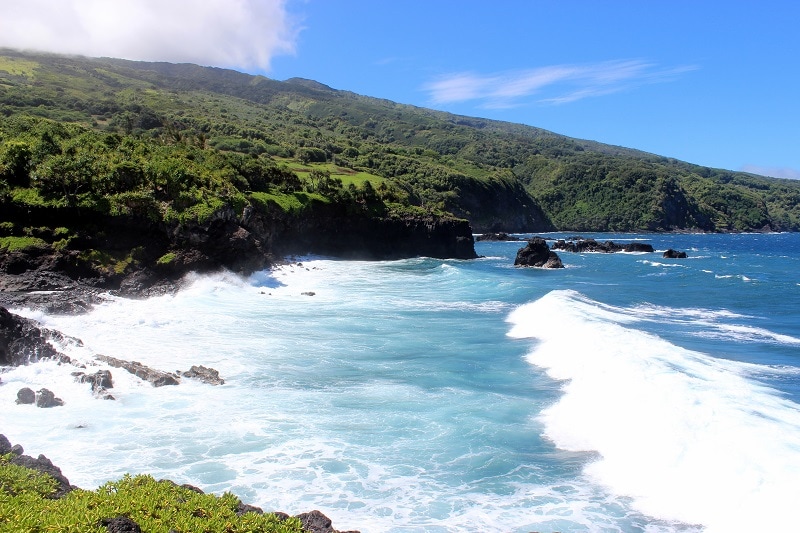
Maui is the second largest island after The Big Island of Hawai’i and the fifth oldest. According to native Hawaiian legends, the island was named by Hawai’iloa, the Polynesian navigator who first discovered the Hawaiian islands — he named it after his son, who was named for the demigod Māui.
Like the other islands, Maui was first settled by Polynesians, who are responsible for developing the island’s traditional culture including its language, religion, economy, and hereditary class system.
Although Captain James Cook first spotted Maui in 1778, he was not able to land on the island. The first European to actually set foot on the island was the French Admiral Jean-Francois de Galaup, who landed on the shores of La Perouse Bay in 1786.
4. Moloka’i
Age: 1.9 – 1.8 million years
Nickname: The Friendly Isle
Area: 260 sq mi (673.4 km²)
Population (as of 2010 Census): 7,345
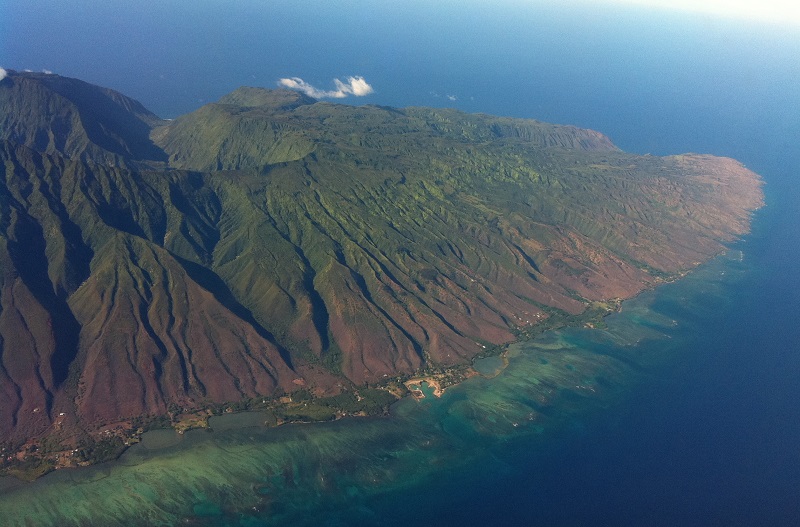
Moloka’i is the fourth oldest and fifth largest of the eight main Hawaiian islands. The island was formed by two volcanoes over 1.5 million years ago. It was one of the first islands inhabited by the Polynesian settlers from Marquesas, Tahiti, and the surrounding Pacific islands.
In 1786, the first Europeans landed on Moloka’i during an expedition lead by George Dixon.
For over a century, from 1866 – 1969, Kalawao and Kalaupapa were were sites of a leper colony. Leprosy or Hansen’s disease, was introduced to the islands by the Europeans, and due to their lack of immunity against this and other diseases, the natives suffered high rates of infection.
Today, Moloka’i is a popular tourist destination as much of island has been preserved.
3. O’ahu
Age: 3.7 – 2.6 million years
Nickname: The Gathering Place
Area: 596.7 sq mi (1,545.4 km²)
Population (as of 2010 Census): 953,207
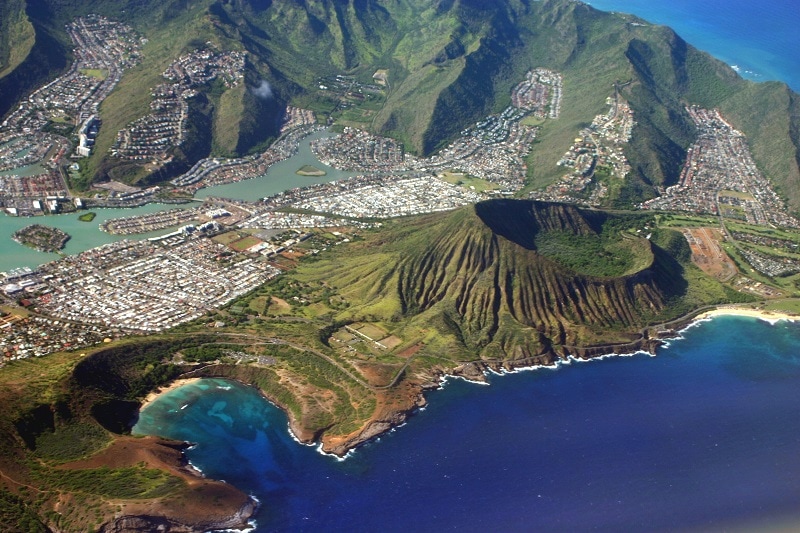
O’ahu is the third oldest in the chain of Hawaiian islands and the most well-known as it is home to about two-thirds of the state’s total population. The island was the birthplace of the Hawaiian monarchy prior to its conquest by American colonists in 1893.
In 1795, Kamehameha I conquered O’ahu and established the Kingdom of Hawaii, which eventually led to its unification in 1810 under King Kaumualii — prior to this, each island was ruled by its own chief or “ali’i.”
Tourism in Oahu and all of the islands began in the early 1900s after Hawaii became a U.S. territory. Today, more than five million people visit Oahu annually to visit its beaches and well-known spots such as Pearl Harbor, Diamond Head, and the North Shore.
2. Ni’ihau
Age: 4.9 million years
Nickname: The Forbidden Island
Area: 69.5 sq mi (180 km²)
Population (as of 2010 Census): 170
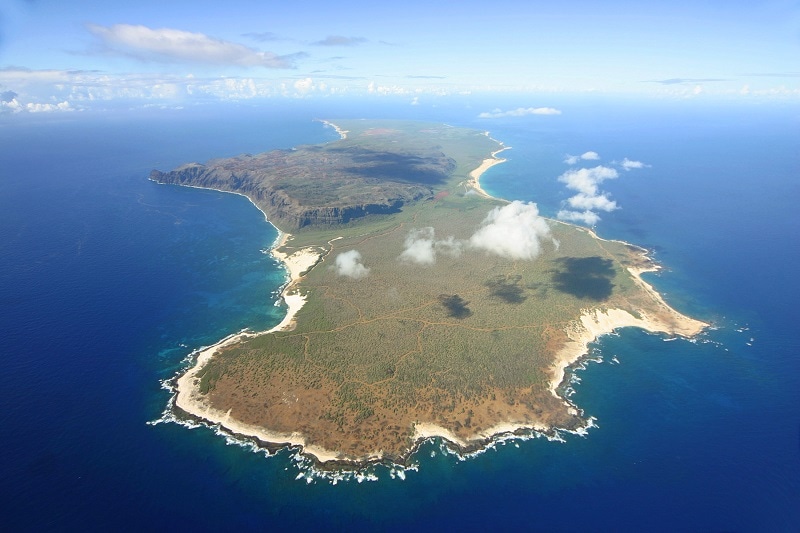
Ni’ihau is the second oldest Hawaiian island and was formed about 4.9 million years ago. It is the second smallest island after Kaho’olawe. According to Hawaiian mythology, Ni’ihau is older than Kaua’i, as the volcano goddess Pele made her home on this island first before moving down the chain of islands ending with Hawai’i.
However, geological evidence suggests that Ni’ihau was formed after Kau’i volcano began erupting.
The island is called “The Forbidden Island” because it is privately owned by the descendants of Elizabeth Sinclair, who purchased Ni’ihau from King Kamehameha IV for $10,000.
In 1915, Sinclair’s grandson closed the island to outsiders and the relatives of the native Hawaiians who still live on the island are only allowed to visit with special permission.
1. Kaua’i
Age: 5.1 million years
Nickname: The Garden Isle
Area: 552.3 sq mi (1,430.5 km²)
Population (as of 2010 Census): 65,689
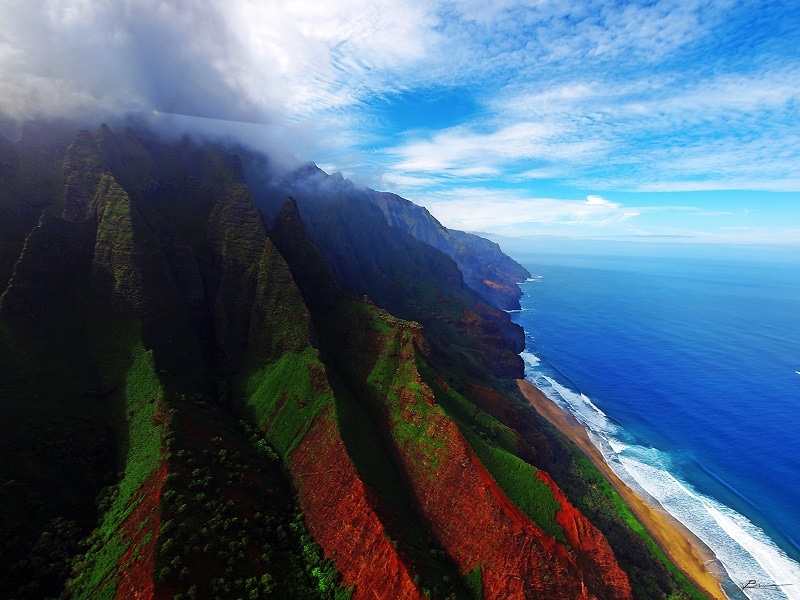
Kaua’i is the geologically the oldest Hawaiian island at an estimated age of about 5.1 million years.
The island’s entire eastern side was formed after Mount Wai’ale’ale last erupted over 5 million years ago. As the oldest island, Kaua’i was home to the very first people to arrive in Hawaii. These early people were Marquesans and other Polynesians who sailed to the area around 500 AD.
The major river of the island is the Wailua River and the surrounding area named after the river was the first capital of Kaui. The Hawaiian islands were first discovered by westerners when Captain James Cook landed in Waimea on the western shore of Kau’i in 1778.
OTHER POSTS YOU MAY BE INTERESTED IN


